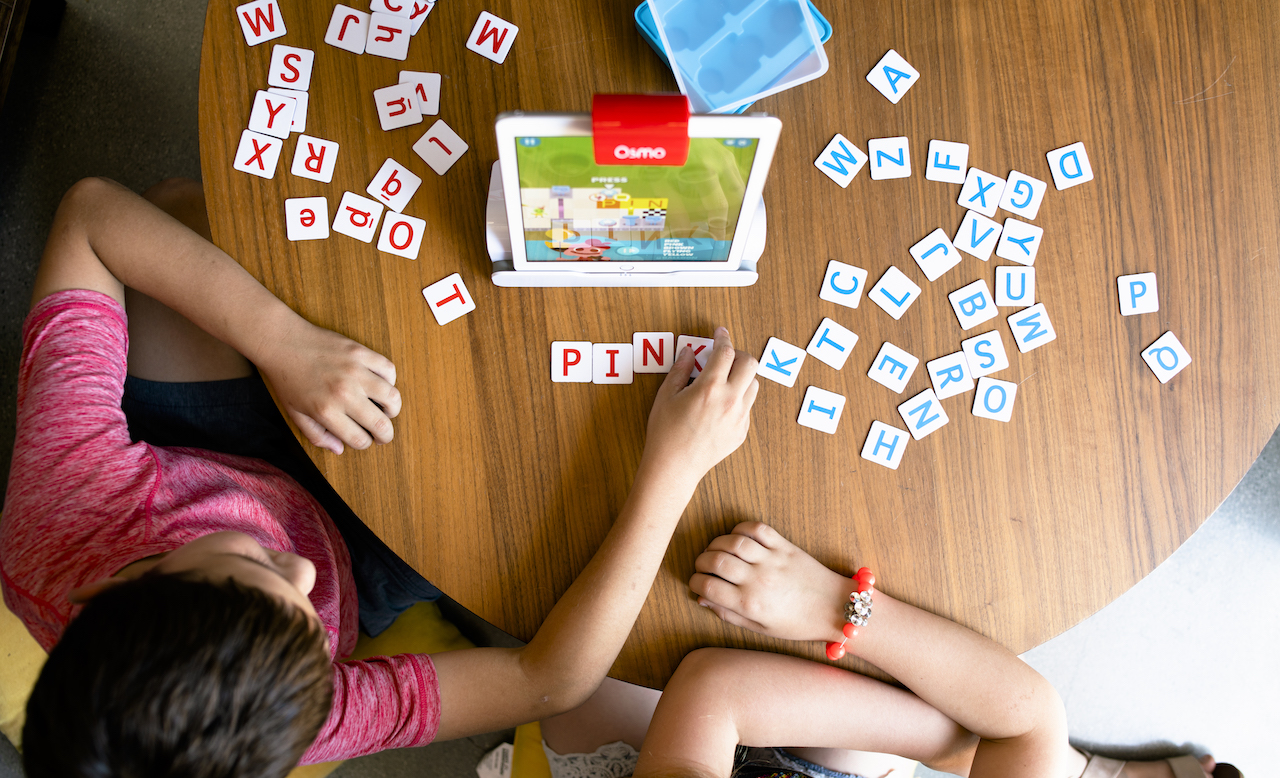The hazy, lazy, dog days of summer are coming to a close, making way for the dreaded (for kids) and joyous (for parents) days of back-to-school. Whether you’ve chosen to have your kids continue virtual classes at home or you’re gearing up to have them rejoin their friends and teachers in the classroom, excitement and anxiety are sure to be at a high.
Luckily, there are plenty of things we can do to help our young ones cope with not only back-to-class stress, but with getting prepared to learn again before classes begin. The use of digital game-based learning (DGBL), gamification, toys and tools in schools and at home has long proven beneficial, and even invaluable. Not only do they help kids develop confidence, learn new skills for playing, and improve self-expression, digital education tools can change kids’ relationship with learning, showing them that there are more ways to learn than in a classroom.
Interactive games in subjects such as math, for example, can result in higher engagement, improved computational thinking, and, simply put, are just plain fun! Additionally, toys and gamification—where game-like elements such as points, levels, and leaderboards are added to learning exercises—are other incredibly effective ways to keep young children (and even toddlers!) occupied while stimulating the brain. And the best part is, after using these fun digital education tools at home, once they get back to the classroom, studies show that they’ll be better prepared, have a higher understanding of many fundamental concepts, and be more ready to pay attention.
One of the most innovative educational tools to emerge over the past decade is Osmo, a digital and hands-on interactive system that works with an iPad or Amazon Fire Tablet to create fun and deeply engaging learning games for kids. Using a small mirror attachment that clips on to the top of your tablet, physical objects on the table or surface in front of the tablet are picked up and tracked by the tablet’s camera, allowing kids to magically interact with things on screen through Osmo’s wide range of learning and game kits.
Packed with fun, colourful and themed physical interactive objects, booklets and playsets, there are Osmo kits to help kids expand their creativity, improve their problem-solving, develop motor skills, learn coding, spelling, math, reading and much more.

A great way to get started with Osmo (and help shake off the back-to-school cobwebs) is with the Genius Starter Kit ($139), perfect for STEAM learning. Made for kids ages six to 10, it comes with the base tablet stand and camera reflector, and tiles and pieces for five fun games, including Genius Tangram, where you arrange puzzle-like shapes to match an image on screen; Genius Words, where kids can develop visual-physical cognition by quickly moving letter tiles to spell the image they see; and the physics-based Newton, in which players can draw lines on paper or move objects into the frame to direct a bouncing ball into a target. For parents, all those loose pieces can be neatly packed away in stackable storage containers, too. There’s even a “Little Genius” starter kit for kids three to five.
But the well of educational kids runs deep with Osmo, with play- and curriculum-based starter kits categorized by age and specific skill, too. The Math Wizard & The Magical Workshop ($79.99), for example, is a curriculum-inspired game with playsets, counting beads, rulers and other fun tiles and accessories to help students learn and build confidence. Kids move objects, tap and swipe the screen, and get caught up in the vibrant animations and levels of the games as they learn by doing addition, subtraction, and multiplication, as well as units of measure, estimating length, balancing equations, solving for unknown values, and even basic algebraic thinking.
With more than 27 additional add-on games and game bundles, parents can augment their kids’ home-time learning before and after school starts and can tailor the kits to their children’s specific needs. Teachers can of course get in on the benefits, too, bringing Osmo into schools, like the 30,000 classrooms worldwide that have already done so.
Our kids are already spending much of their time on their devices, whether for entertainment or education. Adding an Osmo to their tablet time is a no-brainer, it combines all the things they already love—playing games, interacting with cool toys, and cool technology—while helping to smoothly transition their hazy summer brains into fine-tuned learning machines. Click here to explore the product lineup and see which kits your kids will love.

































